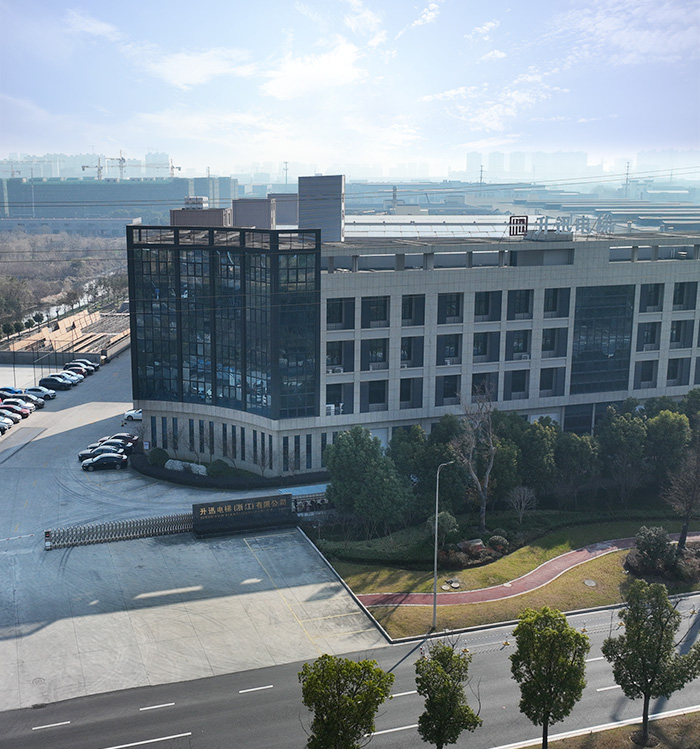Industry knowledge
Can freight elevators be used to transport both passengers and goods concurrently?
No,
freight elevators are especially designed and supposed for the sole purpose of transporting goods, materials, or heavy gadget. They are not supposed or designed to transport passengers. There are several motives why freight elevators cannot be used to transport each passengers and items concurrently:
1. Safety: Freight elevators are designed with specific protection features and weight capability to address the transportation of heavy goods or substances. These functions include sturdier production, large size, and better weight capacity in comparison to passenger elevators. Allowing passengers in freight elevators can compromise their protection as passenger elevators are designed with one-of-a-kind protection guidelines.
2. Size and Space: Freight elevators are generally tons large than passenger elevators, supplying sufficient space to house cumbersome goods, pallets, or large equipment. This layout is not appropriate or snug for passengers who require a greater compact and ergonomic area.
Three. Loading and Unloading: Freight elevators frequently have additional functions like large doors, ramps, or even loading docks to facilitate the loading and unloading of heavy items. These features are unnecessary for passengers, and having them present may also pose a risk to their protection.
Four. Vertical Transportation Efficiency: The number one reason of freight elevators is to successfully flow goods among extraordinary ranges. By permitting passengers in freight elevators, the efficiency and productivity of the elevator may additionally notably lower as stops and additional time could be required to house passengers.
Five. Legal and Regulatory Issues: Government groups and constructing codes regularly have precise rules regarding the use and operation of elevators in commercial or public areas. Mixing passengers and items in a freight elevator may additionally violate these rules and will result in criminal outcomes.
How are the preservation and inspection requirements one-of-a-kind for freight elevators compared to passenger elevators?
The maintenance and inspection necessities for freight elevators are commonly distinctive from those of passenger elevators because of the unique utilization and traumatic operational situations related to freight transportation.
Firstly, freight elevators frequently convey tons large and heavier hundreds than passenger elevators. They are designed to move items, substances, and equipment, that may appreciably exceed the load restriction of passenger elevators. As a end result, preservation processes for freight elevators should include ordinary assessments on the maximum load capability, making sure that the elevator's mechanical and electric components can handle the required weight with out compromising protection.
Moreover, the interior structure of freight elevators is commonly greater strong than passenger elevators. The walls, flooring, and doorways of freight elevators are strengthened to face up to the impact of heavy and cumbersome cargo, that can lead to extra common put on and tear. Maintenance duties for freight elevators must embody thorough inspections of those structural elements to pick out any symptoms of harm that could compromise the integrity and safety of the elevator.
Additionally, the surroundings of freight elevators may be more challenging as compared to passenger elevators. Freight elevators are often applied in business along with warehouses, factories, and production web sites, in which they're uncovered to harsh conditions together with dirt, debris, and severe temperatures. Consequently, tactics for freight elevators must encompass normal cleansing and lubrication of additives to save you the accumulation of dust and particles, nicely as the use of specialized materials and coatings that may resist excessive temperatures and heavy usage.
Finally, the frequency of for freight elevators can be higher than that for passenger elevators due to the increased wear and tear associated with the transportation of heavy. Regulatory authorities and industry requirements often specify unique inspection intervals for freight elevators to ensure ongoing compliance with protection policies.
The protection and inspection necessities for freight elevators differ from the ones of passenger elevators because of the particular demands of sporting heavy loads, the want for greater sturdy equipment, exposure to harsh environments, and the requirement for greater common inspections. These differences are essential to make certain the secure and green operation of freight elevators in their intended commercial applications.

 English
English Español
Español عربى
عربى



















